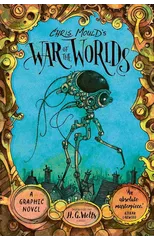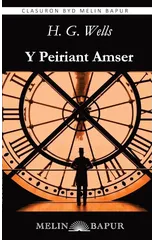Things to Come
A Critical Text of the 1935 London First Edition, with an Introduction and Appendices
(Author) H.G. WellsThings to Come is the 1936 release of London Films, produced from the 1935 "film story" by H.G. Wells, the text of the present work. The book includes more than 100 illustrations, most of them publicity stills that are all the more relevant because Wells, for a script writer, had unusual control over the actual film production. The images are very much a direct expression of his film story. Done at age 70, Things to Come reflects on a long literary career, in both fiction and nonfiction, often given to the fate of man and the prospect of a unified world state, a utopian future realized in the film by A.D. 2036. That is what is coming: the end of warfare between belligerent nation states. Now the new frontier of human conquest is space, begun at film's end with the first firing of a gigantic space gun.
H.G. Wells
H.G. Wells was a prolific English writer best known for his science fiction novels. His most notable works include "The War of the Worlds," "The Time Machine," and "The Invisible Man." Wells' writing style was characterized by his imaginative storytelling, social commentary, and exploration of scientific concepts. He is often credited with popularizing the science fiction genre and influencing future writers in the field. "The War of the Worlds" remains his most famous work, depicting a Martian invasion of Earth and exploring themes of imperialism and the resilience of humanity. Wells' contributions to literature have had a lasting impact on the genre of science fiction and continue to be celebrated to this day.






